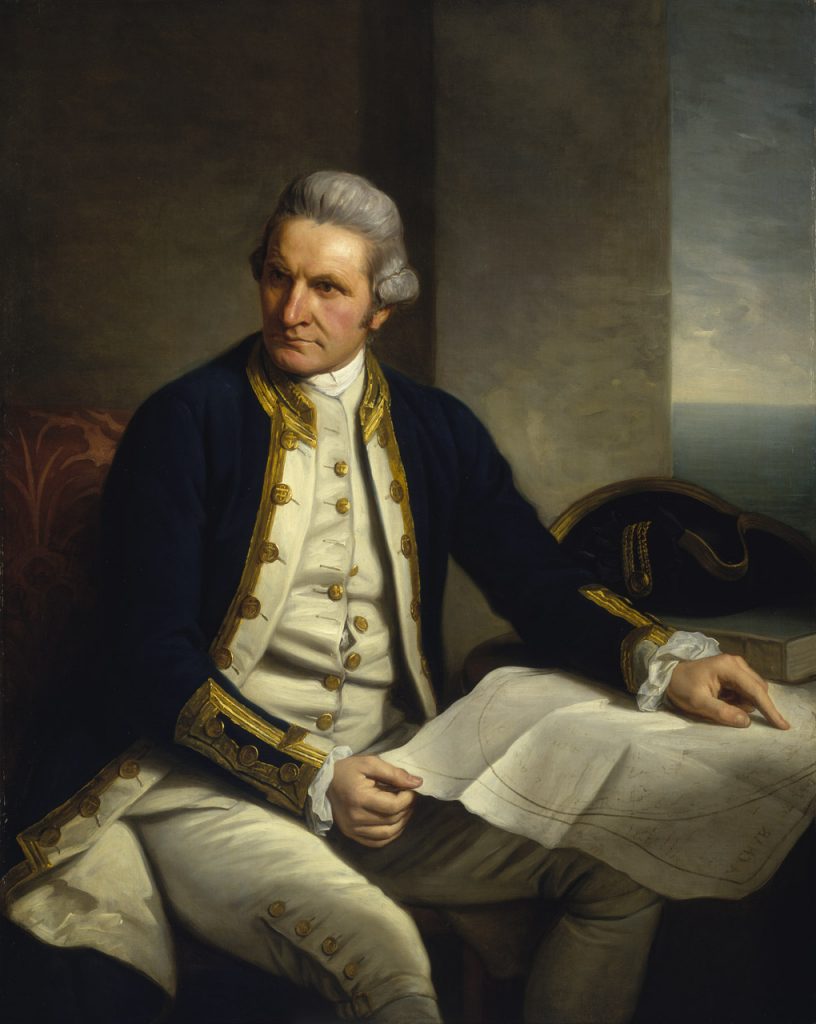Captain James Cook: a culture of music and dance.
Captain Cook wisely thought that dancing was of special use to sailors. This famous navigator, wishing to counteract disease on board his vessels as much as possible, took particular care, in calm weather, to make his sailors and marines dance to the sound of a violin, and it was to this practice that he mainly ascribed the sound health which his crew enjoyed during voyages of several years continuance.
The Code of Terpsichore (1830) Carlo Blasis.
2020 marked the 250th anniversary of the visit of James Cook to Australia. During his lifetime Cook was renowned as a brilliant explorer; after his death he was elevated to the status of mythical hero, and in more recent times, he has been demonized for introducing Western civilization into the Pacific. This series presents a hitherto uncharted facet of his life.
An intriguing aspect of Cook’s story concerns the culture of music and dance of his time. Cook recognised the benefits of dance, and used it to good effect on his extensive voyages in the Pacific. Not only did he encourage his crew to dance for their good health, but he used music and dance in cultural exchanges as he visited new lands.
Remarkably, the voyages, people, and places Cook visited were celebrated in the popular culture of the day, and even his death was commemorated in dance. Until now, this has not been examined. Here is an exposé of Cook’s life as reflected in the arts.
Dance as cultural exchange
Polynesian Dance
A Trip to Tahiti
Omai, the Tahitian celebrity
Omai, 0r, a trip round the world, a pantomime
***
The Death of Captain Cook
A Serious Ballet
Drama on the European stage
Grand Equestrian Dramatic Spectacle
In Dublin 1789
Edinburgh 1790
Ricketts Circus, USA
A Lament for Cook
***
James Cook – a culture of music & dance – online video
Dance Resources for Primary Teachers
Captain Cook’s Country Dance – book & CD

Captain James Cook (1728-1779) by Nathaniel Dance. Courtesy of National Maritime Museum, United Kingdom, Public Domain.
______________________________________________________________
Header credits:
1. Portrait of Captain Cook by Nathaniel Dance-Holland [Public domain]
2. A jig on board by Cruikshank. Courtesy of The Lewis Walpole Library, Yale University
3. View of the South Seas by John Cleveley the Younger [Public domain]
Acknowledgement of Country.
We acknowledge the traditional custodians of the Country on which we live and work, and pay respect to Elders past, present and emerging. We acknowledge the impact colonialism has had on Aboriginal Country and Aboriginal peoples and that this impact continues to be felt today.
_____________________________________________________________________
The information on this website www.historicaldance.au may be copied for personal use only, and must be acknowledged as from this website. It may not be reproduced for publication without prior permission from Dr Heather Blasdale Clarke.



